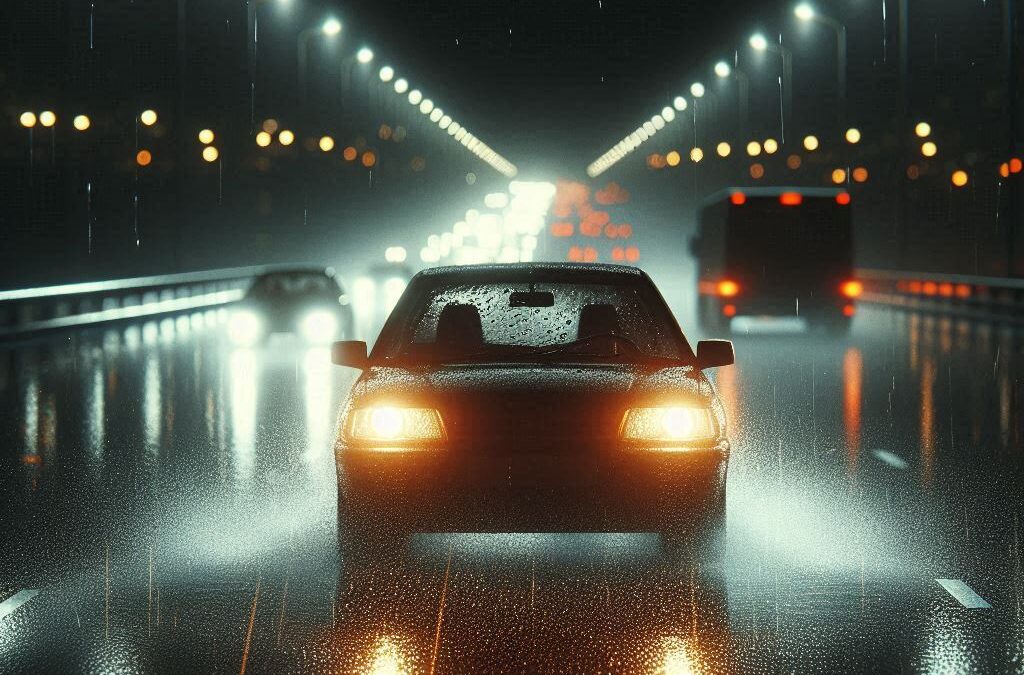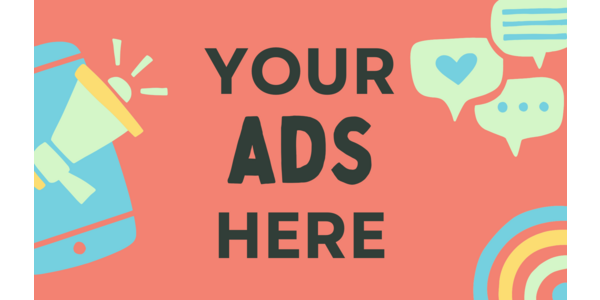Using Your Headlights for Safety and Visibility
Your vehicle’s headlights are crucial for both seeing the road ahead and ensuring that other drivers can see your vehicle, especially in low-visibility conditions. Proper use of headlights can prevent accidents and help you stay safe during nighttime driving or in adverse weather conditions. Here’s a comprehensive guide to using your headlights effectively, based on California’s driving regulations and general best practices.
When to Use Your Headlights
There are several situations when you must use your vehicle’s headlights to stay safe and compliant with the law. Below are the key scenarios outlined by the California Driver’s Handbook:
-
In Low Light or Dark Conditions: When visibility drops to less than 1,000 feet, it’s essential to use your headlights to see and be seen by others. This typically happens after sunset and before sunrise, so remember to turn your lights on 30 minutes after sunset and keep them on until 30 minutes before sunrise.
-
During Adverse Weather: Whenever you need to turn on your windshield wipers because of weather conditions like rain, fog, or snow, you are required by law to also switch on your low-beam headlights. This ensures that other drivers can see you, even when visibility is poor due to weather.
-
In Tunnels, Mountain Roads, and Required Zones: Even during the day, tunnels, mountain roads, and specific signs along the road may require you to turn on your headlights. Be sure to comply, as these areas can often have poor lighting or visibility.
-
Cloudy, Dusty, or Foggy Conditions: Dust, smoke, fog, or cloudy conditions can limit visibility significantly. Use your headlights to ensure that other drivers can see your vehicle, helping to prevent accidents.
-
When Driving Close to Other Vehicles: It’s critical to dim your high-beam headlights to low beams when you’re driving within 500 feet of an oncoming vehicle or within 300 feet of a vehicle you’re following. This prevents blinding the other drivers and maintains safety on the road.
What Not to Do with Your Headlights
While using your headlights is important, there are certain practices you must avoid:
-
Do not drive with only parking lights: It is illegal to drive with just your parking lights on. They are not a substitute for headlights in low visibility or nighttime driving.
-
Avoid using high beams excessively: High beams should be used sparingly and only in situations where there are no oncoming vehicles and the road ahead is poorly lit. Always dim your lights when another vehicle is nearby to avoid impairing the vision of other drivers.
Why Proper Headlight Use is Important
-
Improved Reaction Time: Using your headlights in low visibility conditions improves your ability to react quickly to obstacles, pedestrians, or animals that may be on the road.
-
Enhancing Visibility for Others: Proper headlight use doesn’t just help you see the road—it also makes your vehicle more visible to others. This is especially important in poor weather or low-light conditions.
-
Legal Compliance: Driving without using your headlights in required situations can lead to traffic violations and fines. Ensuring that you’re using your lights appropriately helps you avoid these penalties while keeping the road safer.
Conclusion
Using your headlights properly is more than just a legal requirement—it’s a fundamental part of safe driving. By ensuring that your headlights are on during poor visibility conditions and following the guidelines provided, you can help reduce the risk of accidents and improve overall road safety. Stay aware of your surroundings, follow the rules for headlight use, and always make sure your lights are in good working condition before heading out on the road.






Recent Comments